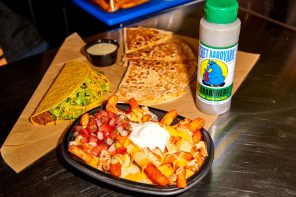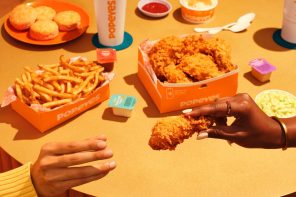As the third generation of family meat wholesalers, Cabernet Foods Ltd understands how traditional tastes were altered by efficiency seeking trends within the food industry. The centralised supply of the supermarket led to the demise of the corner butchery, and age-old methods were lost.
The beef processing industry adopted vacuum packaging (‘wet aging’) to improve beef tenderness and extend shelf life. However, with the inherent nature of wet aging, natural flavours are distorted due to the beef blood serum marinating muscle and fats. This, coupled with naturally occurring anaerobic bacteria growth, creates an unpleasant gaseous odour.
Since 2010, a noticeable trend has been developing across Europe and the Americas, the demand for traditional ‘dry aged’ beef cuts is growing steadily. The practice of extended ‘dry aging methods’ softens connective tissues resulting in meat tenderness, intensifying the fresh flavour of meat and fats. This combination brings back memories to what was previously customary and a succulent enlightened experience.
Cabernet Foods identified popular dry aged beef cuts currently sold in the market place both in New Zealand and overseas, and selected a range of beef cuts, including sirloin, scotch, ribeye cutlets ribs and brisket. The research took them overseas to source ideas and technology not available in New Zealand. The result was Everton Dry Aged Beef. Farm selected and carefully prepared to utilise unique dry-aging methods, the natural flavours are intensified creating a succulent eating experience.
As ‘wholesalers’ providing a wide range of meat products the primary focus is servicing current demand, but more importantly for Cabernet Foods is introducing new and innovative products to the re-seller.






